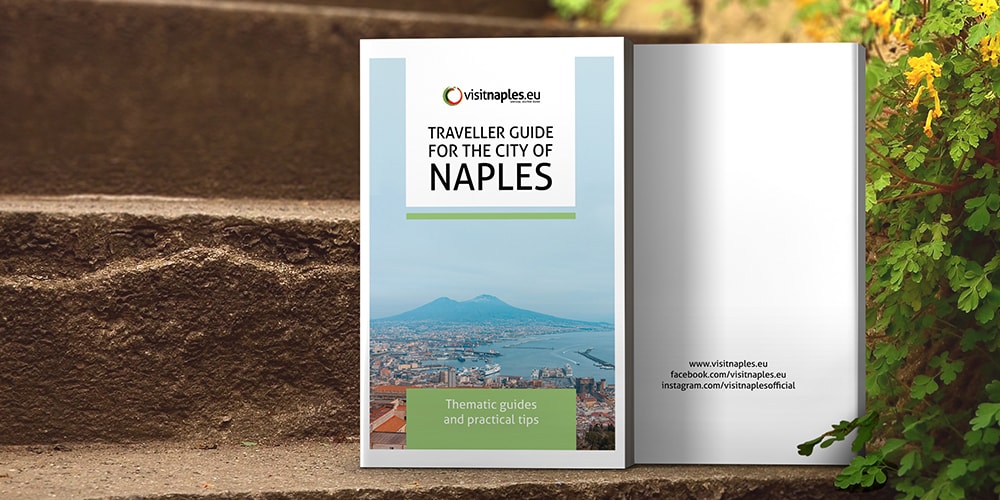The Real botanical garden of Naples: a temple of nature
Every tourist visiting the city of Naples generally sets out obligatory stops, unmissable destinations, rituals, which unequivocally distinguish the made in Naples holiday. A walk in Mergellina, a visit to the major monuments of the historic center and obviously the inevitable gastronomic delicacies. But, coming out of the usual crossroads of the decumani, along the less ancient but no less fascinating Via Foria, you will come across a monument of international importance, the Real Botanical Garden, an authentic Temple of Nature. Here you can breathe a heavenly atmosphere, in close contact with the most diverse plant species. A corner of Naples that will allow you to have a different experience than usual, and maybe, why not, to find yourself too.
The history of the Royal Botanical Garden of Naples
The Royal Botanical Garden was established in 1807 thanks to a decree issued by Giuseppe Bonaparte. Built on some plots of land that belonged to the Ospedale della Cava and to the brothers of Santa Maria della Pace, the Botanical Garden was designed by two architects: Giuliano de Fazio who took care of the monumental façade and the relative orthogonal avenue, the avenue that leads to the so-called Castle and the Temperate Stove; and Gaspare Maria Paoletti, builder of the lower part of the structure. The main objective of the new structure was to increase the production of medicinal spices and to encourage the development of botanical research.
The first director of the Garden was Michele Tenore, in office since 1811, who gave a great impulse to relations with foreign countries and to the progress of teaching and scientific activity, transforming the Garden into one of the most important European institutions. Another important director was Guglielmo Gasparrini, in office since 1862, who continued with the improvement and expansion of the structure and botanical collections.
Then, at the end of the nineteenth century, the prestigious institution began to face serious economic difficulties. Its relaunch was carried out in the following century by two important figures at the head of the institution, Fridano Cavara and Biagio Longo, who promoted the restoration and redevelopment of the building. A great job which, however, was partially compromised by the extensive damage caused to the structure by the Second World War. In the post-war period, a new important cycle begins for the Botanical Garden, thanks to the commitment of Giuseppe Catalano and Valerio Giacomini, who provided the structure with new and more effective tools. In the 1960s the building underwent major expansion works which saw the construction of new greenhouses, a heating system and a new water network.
Unfortunately, during the disastrous earthquake of 1980, the structure again suffered serious damage, fulfilling, however, as before, the important role of "refuge" for the unfortunate victims of the earthquake. Currently the Royal Botanical Garden houses a department of the Faculty of Mathematical, Physical and Natural Sciences of Federico Secondo, and with its 12 hectares, it preserves 25,000 plant specimens belonging to 9,000 botanical species.
What to see and why to go to the Botanical Garden
The visit to the Botanical Garden is divided into exhibition areas divided according to three fundamental criteria: ethnobotanical, ecological and systematic. Criteria that allow the visitor to admire the most varied plant species, as if reconstructed in their natural habitats. In practice, visiting the Botanical Garden is like taking a trip around the world, through the wonderful creations of Nature!
As for the main buildings, they are definitely not to be missed: The Castle, built between the sixteenth and seventeenth centuries, which over the centuries has hosted various institutions, including the Institute of Botany, the Library, the Herbarium and the Museum. Seat of administrative power and of the Paleobotany and Ethnobotany museum, today the Castle often hosts important musical and theatrical events in its courtyard. The Experimental Section of Officinal Plants, which holds important seeds; the Interdepartmental Service Center for Electron Microscopy and the aforementioned Department of Plant Biology of the Federico Secondo of Naples. The greenhouses of the Garden are also noteworthy, among which the Serra Merola and the Serre Califano stand out.
The Botanical Garden thus represents for the visitor not only the opportunity to get to know the world of botany in depth but also the opportunity to make a real journey into a parallel dimension, almost a hidden world, to the inside the Neapolitan metropolis. A place that must be lived both during the day, immersed in the warm Neapolitan light that makes the place an authentic locus amoenus, and at night, during the aforementioned cultural events, where the Botanical Garden becomes a place with surreal and metaphysical atmospheres, with an almost Dante. So are you ready for this journey into nature, in the green lung of the city of Naples?
From January 2021, it's possible to visit the Botanical Park from Monday to Friday from 9 to 2 pm. Reservation Required on this web site ORTO BOTANICO.










Lascia un commento